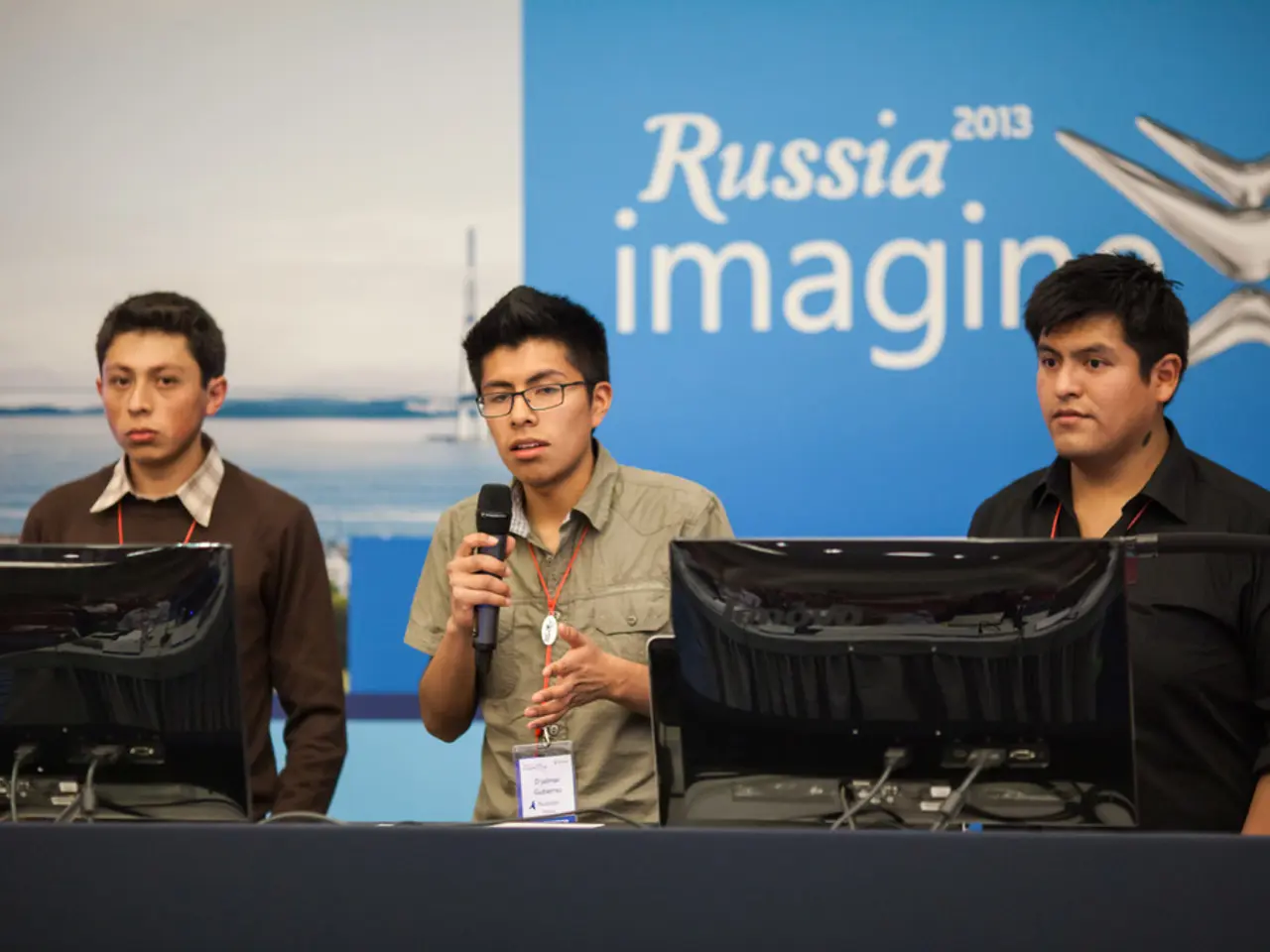Cybersecurity Skills Gap in 2023: Predicted Scenario
The cybersecurity landscape is evolving at a rapid pace, with the expansion into areas such as artificial intelligence, blockchain, and the Internet of Things (IoT) creating a demand for skilled professionals. According to a study by (ISC)2, the number of open cybersecurity jobs increased in 2022, marking a turnaround after a two-year decrease.
However, the demand for cybersecurity professionals far outstrips the supply, with an estimated need for over 3.4 million more professionals, a 26% increase from 2021's numbers. This shortage, often referred to as the cybersecurity talent gap, is a significant concern for companies seeking to strengthen their cybersecurity posture.
Taylor Ellis, a customer threat analyst at Horizon3ai, attributes the lack of interest among today's college students and recent graduates to insufficient curriculum in STEM studies. In response, several universities have established extensive collaborations with the industry through internship programs, including those in Germany with campus models in Bremen and Stuttgart. These programs integrate practical experience with academic learning, enhancing student readiness for cybersecurity roles.
While technical skills can often be taught, what is more important is the identification of soft skills in individual applicants. Problem-solving and trial and error skills, adaptability, and flexibility are highly valued in the cybersecurity industry. Companies should look for personnel with determination and drive to learn from their managers and other sources.
Self-taught technical skills are also often valued in the industry. Many qualified cyber professionals prefer to work full-time in the private sector over teaching at colleges. To address this, more universities are implementing courses specific to cybersecurity.
The federal government is taking steps to address the talent gap, such as the National Cyber Workforce and Education Summit. Caroline Vignollet, SVP of research and development at OneSpan, believes the cybersecurity talent gap will remain a challenge in 2023.
Universities and higher education are struggling to evolve and create new curricula for the cybersecurity field. The shortage of university professors willing and able to teach cybersecurity is another hurdle. However, partnerships between universities and the corporate sector are providing students with hands-on cybersecurity experiences, bridging the gap between academia and industry.
In conclusion, addressing the cybersecurity talent gap requires a multi-faceted approach, involving industry-academia collaborations, the development of new curricula, and the cultivation of both technical and soft skills in applicants. It will take time for these initiatives to take root and for the talent gap to remain flat in 2023. The demand for cybersecurity professionals is greater than ever, and the evolving threat landscape necessitates a continuous strengthening of our cybersecurity posture.







